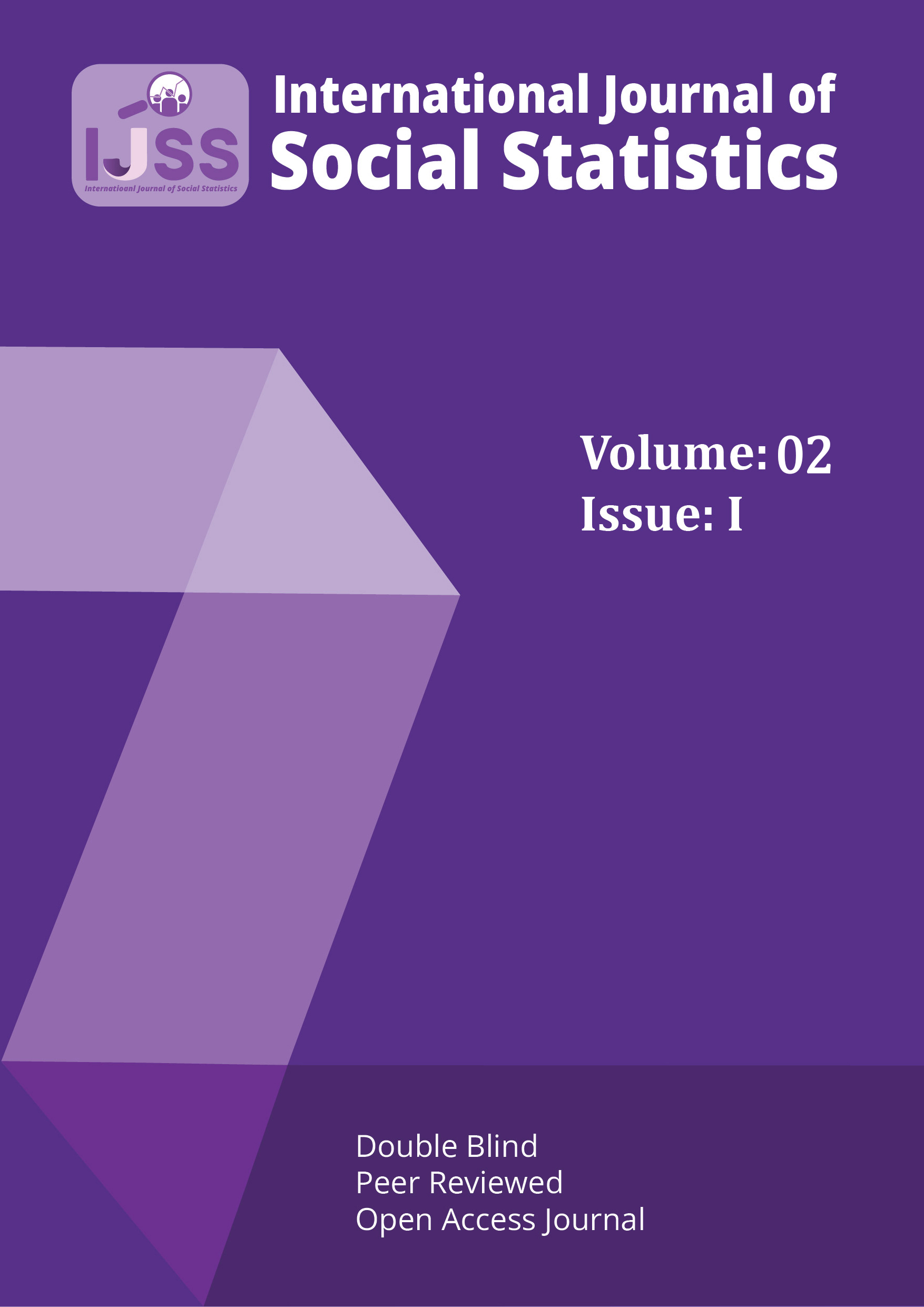The effect of the population's age distribution on the ecological footprint in Sri Lanka
DOI:
https://doi.org/10.31357/ijss.v2i01.8359Keywords:
Ecological footprint, Population age distribution, Environmental Kuznets Curve, ARDL bounds testAbstract
This study investigates the effect of population age distribution on Sri Lanka’s ecological footprint (EF) from 1980 to 2022, integrating demographic variables into the Environmental Kuznets Curve (EKC) framework. Using the Autoregressive Distributed Lag (ARDL) bounds testing approach, the analysis reveals a U-shaped relationship between GDP and EF, contradicting the traditional inverted U-curve hypothesis. The working-age population (15–64 years) exerts the most significant long-term pressure on the EF, with an impact five times greater than that of the young population (0–14 years). In contrast, the elderly population (65+ years) shows a negligible negative association. Short-run dynamics highlight rapid equilibrium restoration (error correction term = -3.33), with lagged GDP terms exacerbating EF and GDP² terms mitigating it. The findings underscore the environmental cost of economic productivity driven by the working-age cohort and suggest that Sri Lanka’s current development trajectory risks accelerating ecological degradation. Policy recommendations include green employment initiatives, sustainable urban planning, and carbon taxation to align economic growth with sustainability. This study contributes to developing-country literature by demonstrating the applicability of demographic-EKC frameworks and advocating for age-sensitive environmental policies.



